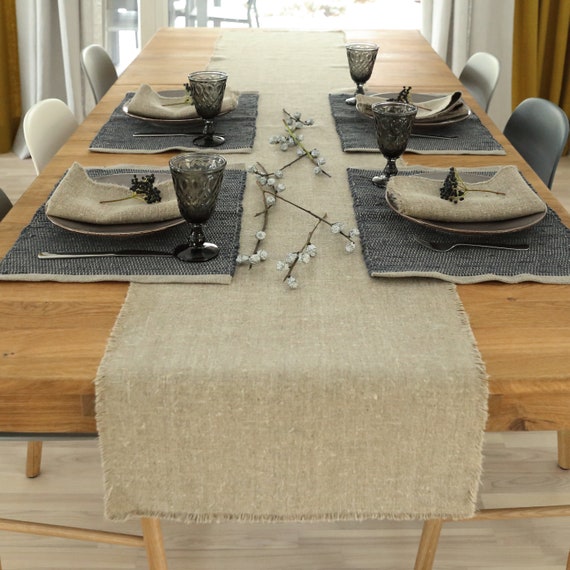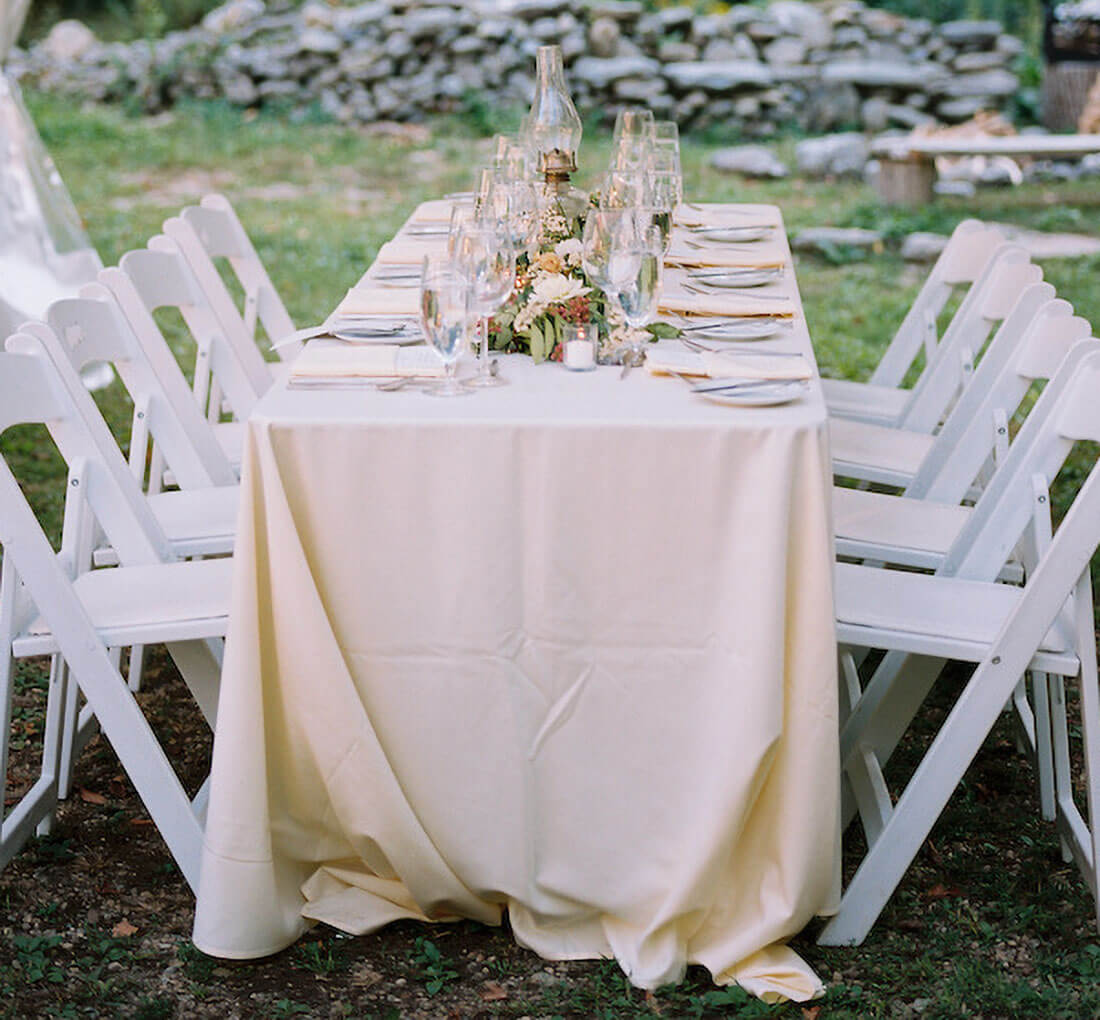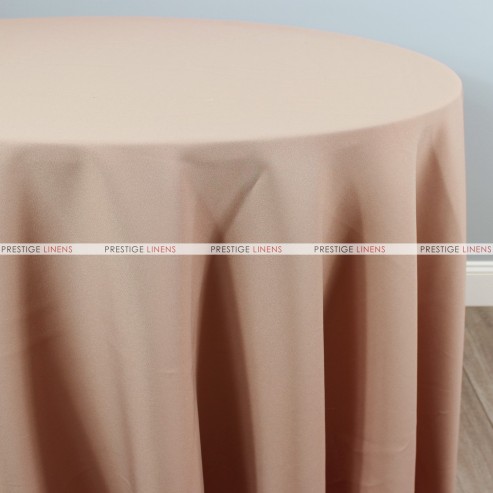Stylish Table Cloths: Perfect Choices for each Event
Stylish Table Cloths: Perfect Choices for each Event
Blog Article
Linen Fabric Advancements: Checking Out Modern Trends and Creative Applications in Layout and Textile Sector
From sustainable production approaches to sophisticated weaving innovations, the development of linen is improving the landscape of the fabric market. As we delve right into the worlds of innovative design applications and the appearance of bed linen blends and hybrid fabrics, a brand-new chapter unfolds in which bed linen's function in future textile developments takes facility phase.
Sustainable Practices in Linen Manufacturing
Lasting methods in linen manufacturing have actually become increasingly essential in the fabric market's efforts to reduce environmental influence and promote ethical sourcing approaches. Linen, an all-natural fiber stemmed from the flax plant, provides a variety of advantages such as longevity, breathability, and biodegradability. Nonetheless, conventional approaches of linen production can include substantial water usage, pesticide usage, and energy-intensive procedures.
To attend to these obstacles, many textile suppliers are adopting lasting techniques throughout the linen production process. This consists of sourcing flax from organic farms that prevent hazardous chemicals and chemicals, applying water-efficient retting techniques to essence fibers from the flax stalks, and making use of environmentally friendly dyes and coatings. Additionally, some companies are spending in renewable resource sources to power their production facilities and lowering waste via recycling and upcycling initiatives.
Technological Improvements in Bed Linen Weaving
With the expanding focus on lasting practices in linen production, the textile market is currently experiencing a rise in technical advancements specifically targeted at transforming the art of linen weaving. These advancements are improving the method bed linen materials are created, supplying raised performance, top quality, and creative thinking in weaving techniques.
One of the key technological developments in linen weaving is the integration of computerized looms. These advanced looms are equipped with software that allows for complex and intricate layouts to be woven with accuracy. By digitizing the weaving procedure, makers can accomplish greater consistency and precision in their bed linen materials.
Additionally, developments in yarn spinning modern technology have actually allowed the production of finer and even more long lasting linen yarns - table cloths. This leads to softer and smoother linen textiles that maintain their high quality even after numerous usages and washes
Additionally, the growth of environment-friendly dyeing processes and finishes for bed linen textiles is getting traction. These lasting methods not only minimize the environmental impact yet likewise cater to the boosting consumer need for ethically generated textiles.
Creative Layout Applications for Linen
Ingenious artistic strategies are significantly forming the imaginative layout applications for linen in the textile market. Bed linen's natural visual charm and capacity to mix with various other fabrics make it a preferred choice for creating special garments and devices that cater to the eco aware consumer.
In addition, designers are trying out linen in home decoration, using its breathable and durable nature to craft trendy furnishings such as curtains, bed linen, and furniture. The structure and drape of bed linen bring a feeling of class and convenience to indoor rooms, including a touch of sophistication to modern-day homes.

Bed Linen Blends and Hybrid Fabrics

Hybrid textiles, on the various other hand, take the concept of mixing a step further by including extra components such as metallic threads, recycled products, or conductive fibers. These innovative fabrics not only increase the design opportunities but additionally introduce useful elements like conductivity, antimicrobial residential or commercial properties, or boosted sturdiness. Hybrid textiles are progressively being used in various industries, including style, indoor style, and technological textiles, where the need for multifunctional materials gets on the increase.
Bed linen's Duty in Future Fabric Innovations

In the world of future fabric technologies, linen is expected to be a crucial gamer in the growth of innovative functional fabrics. Researchers and designers are discovering means to boost bed linen's inherent qualities through technological improvements, such as integrating clever fabrics, nanotechnology, and efficiency coatings. These technologies intend to boost linen's performance characteristics, making it appropriate for a wider variety of applications, from activewear to protective clothes.
Furthermore, the combination of linen with various other all-natural or artificial fibers opens limitless possibilities for producing novel textiles with one-of-a-kind properties and functionalities. By leveraging bed linen's features and checking out ingenious blends, the textile industry is positioned discover this info here to present interesting developments that deal with evolving customer requirements and sustainability requirements.
Conclusion
To conclude, the expedition of sustainable practices, technical improvements, innovative design applications, bed linen blends, and its function in future textile technologies highlight the constant evolution of bed linen material in the modern layout and textile industry. With a concentrate on development and creativity, the convenience and environment-friendly nature of linen make it a beneficial material for manufacturers and developers alike, paving the means for further growths and improvements in the field of fabrics.
As we delve right into the realms of innovative design applications and the introduction of linen blends and hybrid textiles, a new phase unfolds in which bed linen's role in future fabric innovations takes center phase.
Exploring the blend of linen with other textiles has led to the introduction of innovative blends and hybrid fabrics in the modern textile market. Bed linen blends provide a special combination of the qualities of bed linen with those of various other fibers, resulting in materials that have enhanced homes such as raised sturdiness, boosted draping, and reduced wrinkling.The look what i found development of bed linen blends and crossbreed fabrics has set the phase for Bed linen to play a pivotal role in driving future textile advancements.In the world of future fabric innovations, linen is expected to be a key player in the advancement of advanced practical fabrics.
Report this page